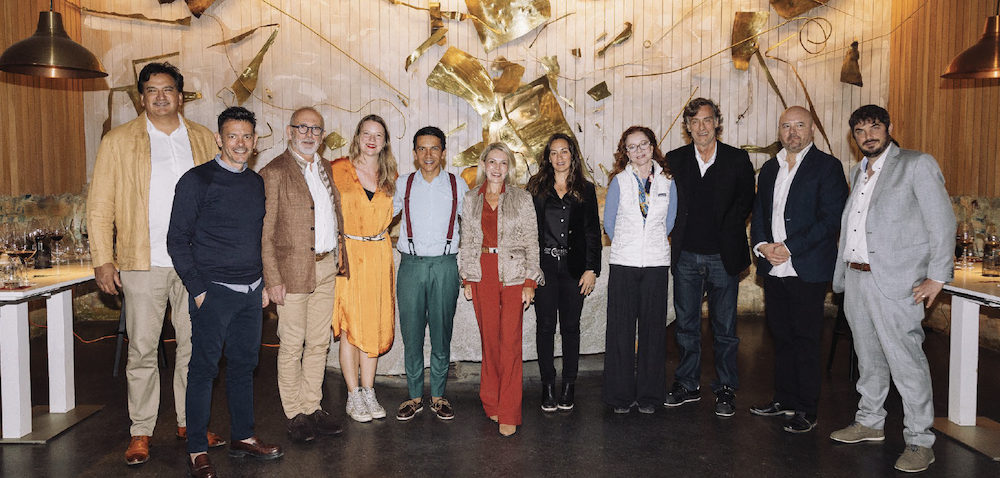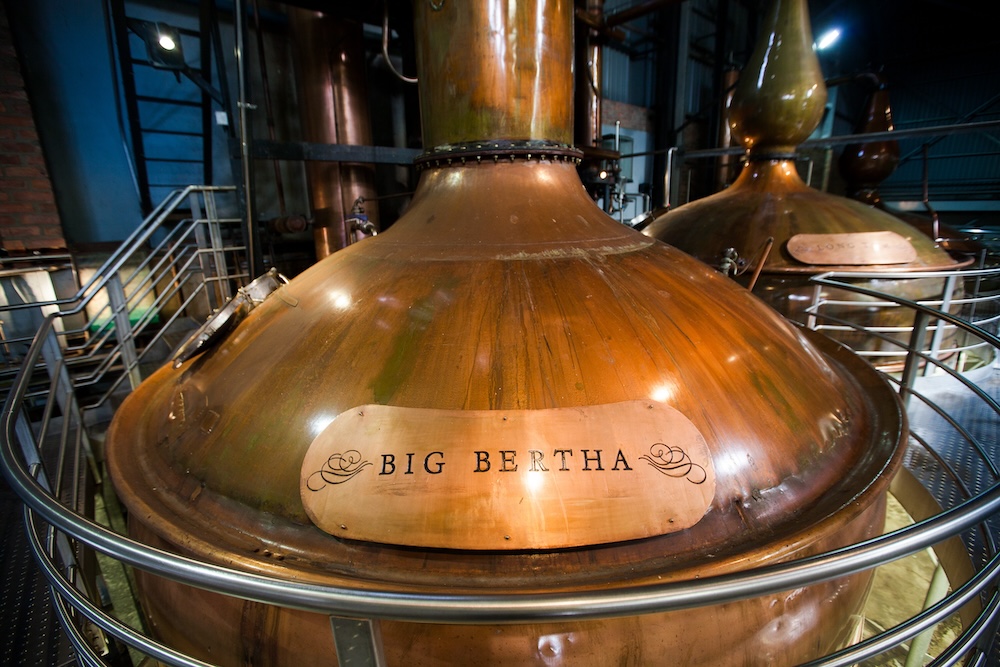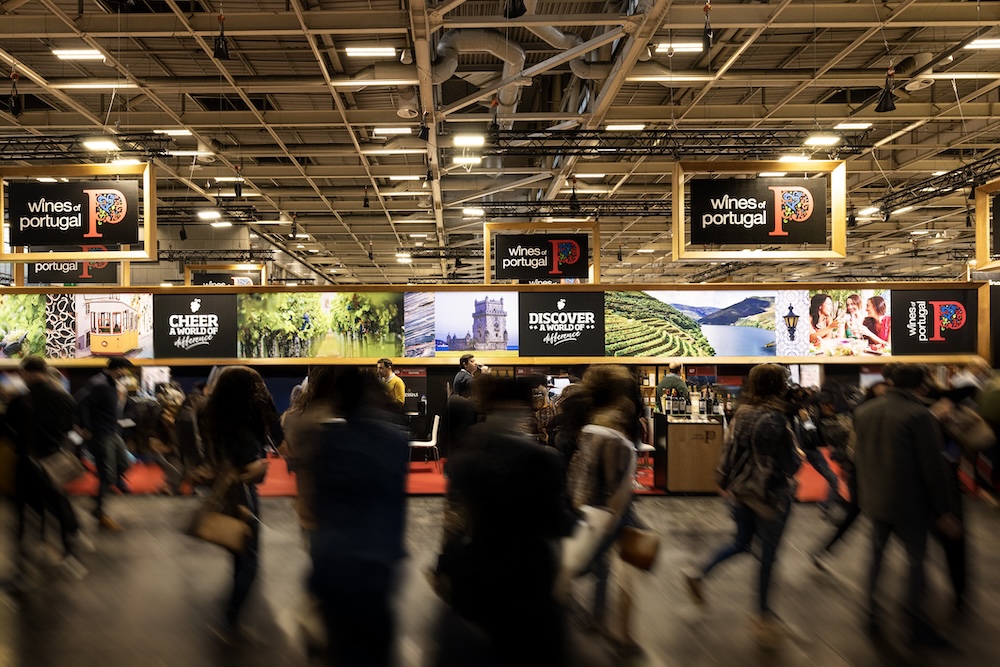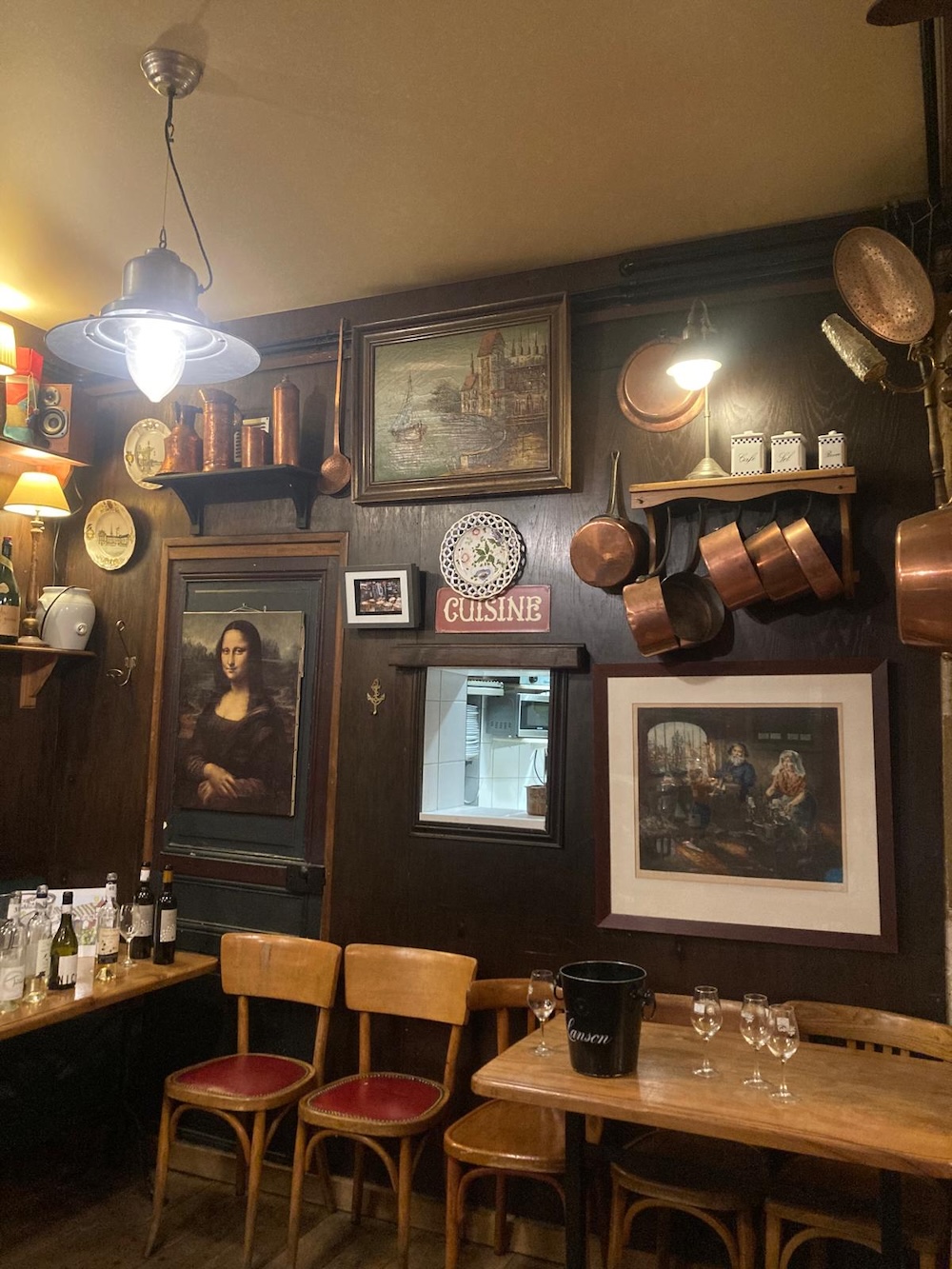
Discovery

Discovery
By Clifford Roberts, posted on 06 May 2025
Despite a 350-year history and its status as a global champion, South Africa’s Cape brandies remain largely unknown in export markets. That may all be about to change.
Every year, Danie Pretorius leaves a snifter of brandy at the grave of Reinier Santhagens. “I don’t know what happens to them. They disappear. I guess someone at the cemetery gets lucky now and then,” he says.
Santhagens, who died in 1937, was a pioneer of South Africa’s contemporary fine brandies, having introduced distilling techniques he’d learned in Cognac. Considering his contributions, his final resting place is surprisingly unremarkable. It lies in the shadow of pine trees just metres from Stellenbosch’s Distillery Road. In fact, the gravesite was in danger of completely falling off the map until Danie, marketing manager at the Oude Molen distillery and history buff, went in search of it with a couple of friends some years ago.

Oude Molen head distiller Mark Middleton, pictured here at the Oude Molen distillery backdrop of the late Dave Acker, renowned master brandy distiller.
There were no records of the plot now occupied by Santy as he was nicknamed, and his wife, Jeanne. It took an eagle-eyed gardener to find it.
Fast-forward and South African brandy has staked its claim as a global contender thanks to consistent awards across the world’s most authoritative shows as the global best. You’d think exports would be flying, but you’d be wrong.
“Brandy has been made in South Africa since the late 17th century. The practice was inspired by, and was roughly contemporary with, the development of the Cognac industry in France. Unlike its French cousins, however, South African brandy is not well known in North America [nor much elsewhere either]. That’s unfortunate, because South Africa makes some of the world’s greatest brandies,” wrote Joseph V Micallef in a 2019 feature for Forbes magazine.
There has been no shortage of news-making milestones for South African brandy are many since records pinpoint the first distillation in 1672, aboard a Dutch ship in Cape Town’s Table Bay.

South African brandy's champion status has been honed over centuries and is market by milestone improvements in production techniques.
This is particularly true since the change of political dispensation in the 1990s, a watershed period. With sanctions lifted, local producers gained access to the world while international brands took hold here.
South Africa was fertile ground and today has a population of 60 million and median age of 28 years. Spirits drinkers are relatively few, but grape farming is among the country’s top ten agricultural pursuits. South Africa is also the world’s sixth largest wine exporter by volume.
South Africa categorises its brandies as pot still, vintage or blended. The latter is most widely consumed, usually with a mixer.
According to the non-profit South Africa Wine Industry Information and Systems (SAWIS), South Africans consumed 26.9m litres of brandy in 2023, down 5.8% in the previous year. The highest category was gin, at 33.4m litres followed by whisky at 27.8m litres.
Brandy’s current state is a fraction of consumption that it was leading up to the early 2000s. Among many reasons for its decline was the post-Apartheid introduction of abundant imported brands that a younger generation was eager to explore. These were fuelled by marketing budgets underscored by vastly stronger currencies. The situation began to stabilise by the mid-2010s. Since 2023, brandy’s share of total spirits gained from 18 to 20%.
Nonetheless, cognac continues to enjoy a strong presence in the premium category. Cognac sales in South Africa have increased to encompass 10% of the premium market in 2022/3.
This is the segment dominated by brands that have championed the excellence of South African brandy locally and abroad and include KWV and Van Ryn’s, the latter recently acquired by Heineken Beverages.

The KWV House of fire is a showroom of brandy production, open to visitors at the company's premises in paarl.
The challenge with exports of South African brandy has not been for lack putting the drink in foreign hands for over three centuries. Thirsty European sailors plying the spice routes were among the first to enjoy what admittedly was a rough drink in those years, on their stopovers in Cape Town. London regularly received barrels of brandy, exported by Boplaas in the 1880s.
“Until recently, other than a few of the more dynamic privately owned distillers like Oude Molen, or brands like Tokara, export was of little relevance,” says Charles Withington, wine and brandy negociant and chairman of the Cape Brandy Distillers Guild.

Cape Brandy Distillers Guild spokesman Charles Withington is optimistic about the future for the category in offshore markets.
A new wave of optimism is, however, being driven on the back of world news-making such as Rugby World Cup victories and a recent first-of-its-kind auction. This offered limited edition Cape brandies to online bidders via renowned art and wine auction house Strauss & Co.
But fundamentally, there have been important systemic changes to the industry.
“The recognition of Cape Brandy as a category linked to pot still brandy is certainly among these steps,” says Charles.
This geographic link aligns brandy with South Africa’s highly respected wines, their increasing success in export markets, as well as several other features. There’s iconography like Table Mountain, the region’s fame as tourism hotspot, but also a reputation for progressive, eco-friendly viticulture and production; and, varietal excellence associated especially with Chenin Blanc from which Cape brandy is made.

A sublime terroir produces high quality Chenin Blanc fot the making of Cape Brandies.
Furthermore, world renowned certification systems underpin varietal identification, product integrity and traceability for the entire industry.
“Emerging markets may be drinking less, but they are far more insistent on transparency about product provenance,” says Charles. “Cape Brandy now has this.”
Encouragingly, Oude Molen, one of the larger producers anticipates export sales of its premium brandies to overtake local sales next year, albeit off a small base.

Oude Molen's 21 000L big bertha copper is among the giants of south africa and one of three stills, named after large cannons, at the distillery.
Tokara exports its XO brandy to the UK and Germany, but general manager Karl Lambour says it’s of “such tiny volumes, it doesn’t make sense”.
Most encouraging to him, however, is the growing appreciation for the artistry behind pot still brandies, “which are gaining recognition not just as an after-dinner drink but as versatile, contemporary spirits”.
“Storytelling is now of utmost importance as consumers constantly search for authenticity and quality. There’s also a renewed focus on terroir and sustainability, aligning South African brandy with broader global trends in premium spirits,” he says.
Tokara’s brandy journey began in 1999, when a 500L Alambic Charentais pot still with onion shaped pre-heater was sourced from Prulho in Cognac. The first brandy was released in 2005. Now, the wine estate has a 25YO in the pipeline. “It will be a very limited release, but one that will show our origins and our future,” he says.
Another 25YO pot still – Sydney Back brandy, now under the ownership of DGB - saw first light in a year ago. When the range was first founded, in 1994, the maiden vintage was named Best Brandy in the World at the London Wine and Spirits Competition.
These days, the company leverages its wine exports to 73 countries to promote its brandy, says its master distiller Renaldo Fourie.

Master distiller Renaldo Fourie
“Brandy is on a journey to attract new consumers and we’re finding the evolution has begun, with the exponential growth led by cognac.”
This has cast light on the entire category. “They are discovering that our brandies have world-class credentials and finesse.
“There is a thirst and interest for knowledge. For us that tells us we’re on the right track, not just for our brands but for the category too.”
One example is the traction deep-dive brandy courses under the auspices of the South African Brandy Foundation have achieved, with 350 graduates this year alone.

The quality of South African Bandy can be attributed to ideal conditions for grape production and barrel maturation as well as the evolution pf skills honed over centuries.
“For us, getting our brandies in the hands of influential consumers including international judges allows us to benchmark our brandies, but we also like to think it’s a show of confidence in our brandy intrinsics,” says Danie Pretorius.
Standing beside Santhagens’ granite tombstone simply inscribed with dates and R.I.P, one wonders of course what the man would have made of state of brandy today.
Danie leans in over the grave and checks his watch. “I just realised…” he suddenly says. “Today is the anniversary of his death.”
It’s hardly reason to celebrate, but we shake hands - a small acknowledgement of a long journey.

Luxurious Award-Winning quality is a hallmark of the premium brandies produced.

Discovery

Discovery

Discovery